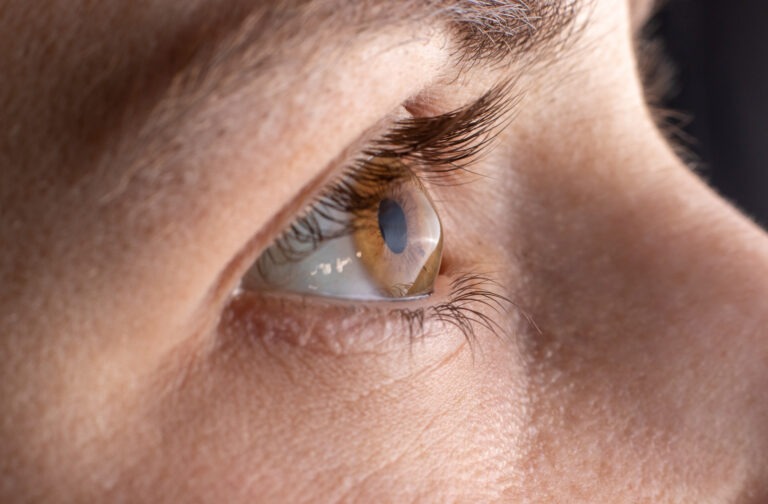Keratoconus is a condition that affects your cornea and can compromise your vision, making it difficult to perceive your surroundings. Keratoconus can’t be cured or reversed, but depending on how advanced your keratoconus is, there are treatments and solutions we can offer that can prevent progression and provide clear vision.
At Specialty Eye, our specially trained doctors can detect and treat keratoconus using a variety of solutions, including specialty contact lenses.
What Is Keratoconus?
The cornea is the transparent surface of the eye that bends incoming light to reach the retina and produce clear vision. A typical cornea is a rounded dome, but for those with keratoconus, the cornea becomes thin and bulges out into a cone shape. When your cornea is misshapen, light isn’t focused on your retina correctly, leading to distorted vision and sensitivity to light.
Generally, keratoconus develops between the late teens and early 30s and can progress slowly over the course of more than 10 years.



